Back to Courses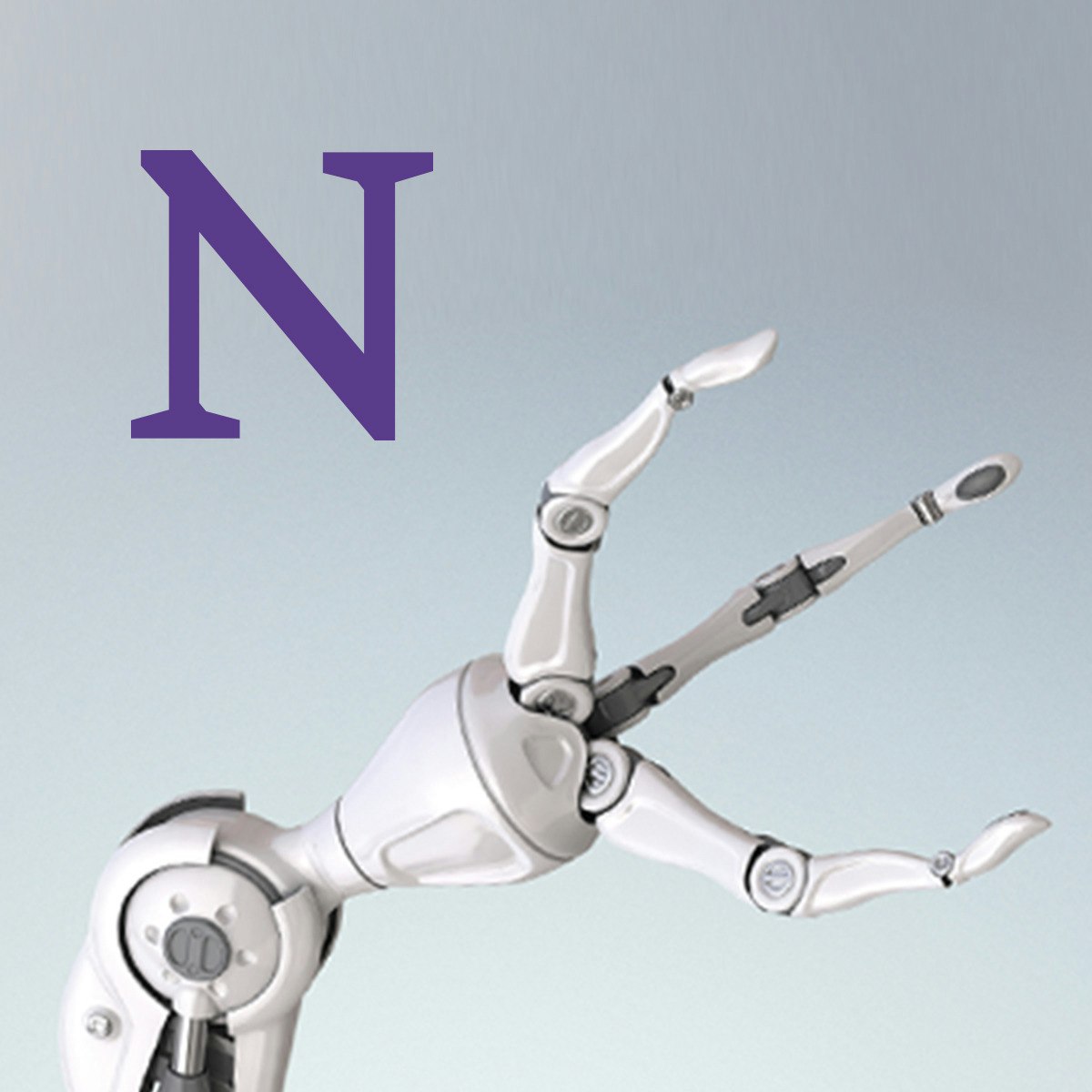

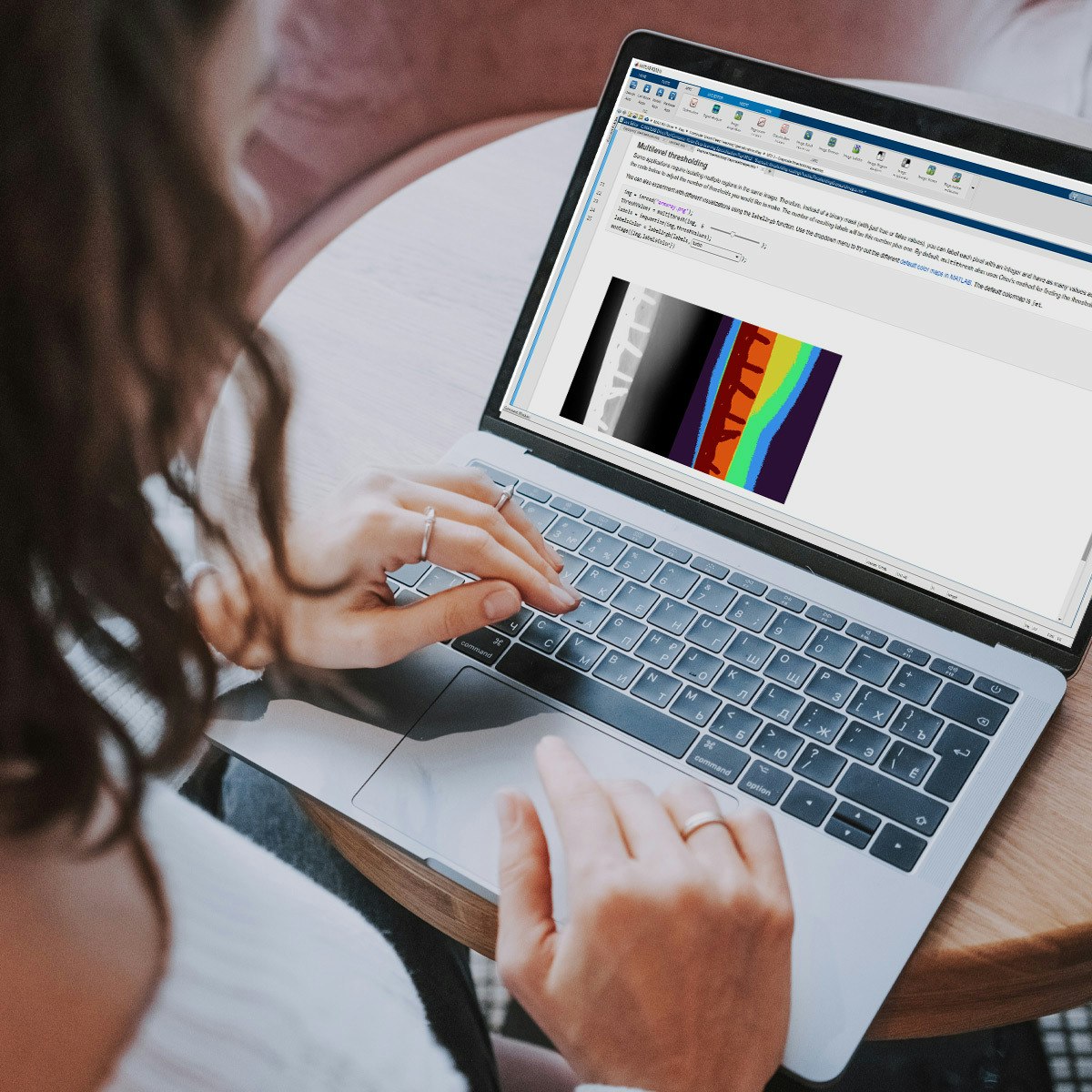
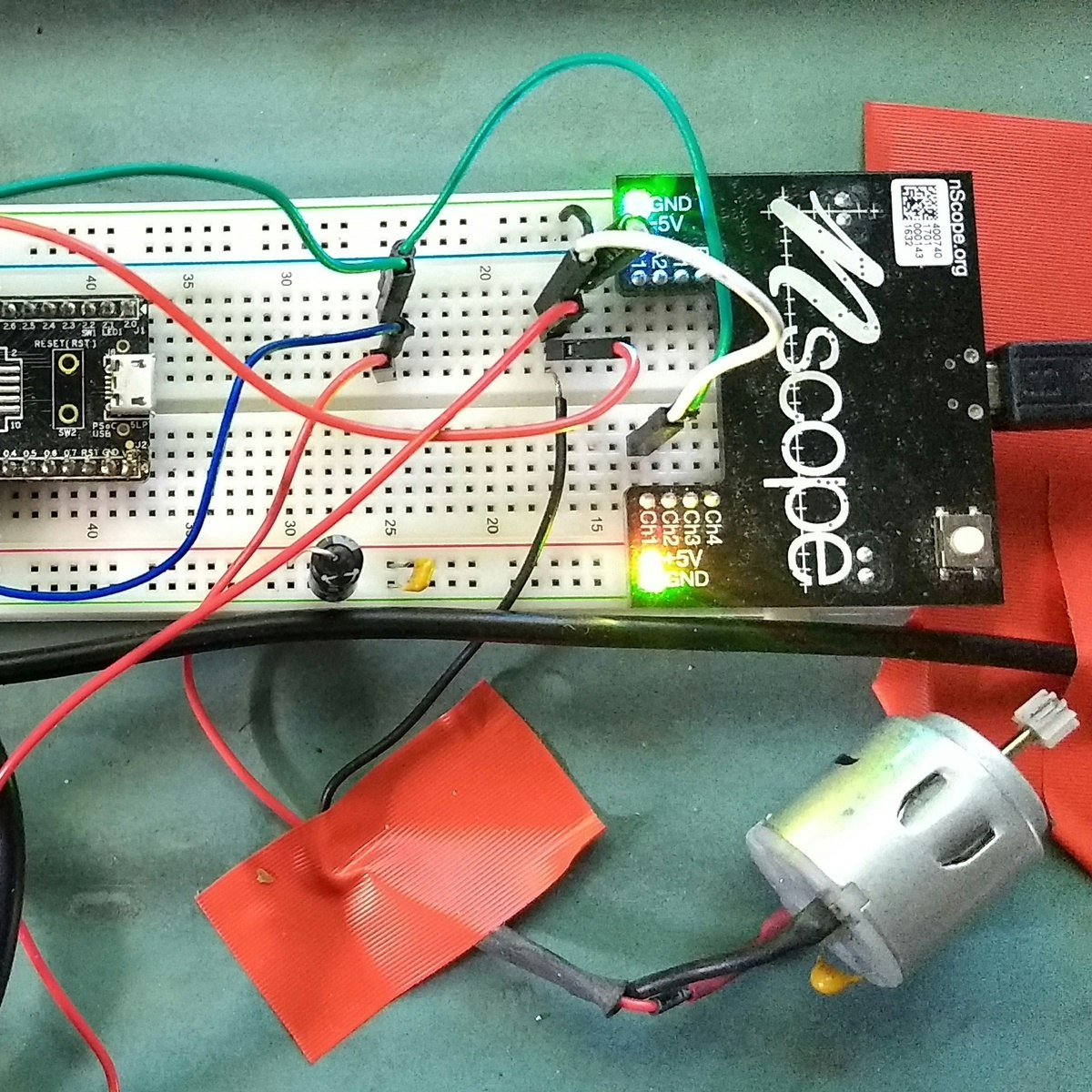
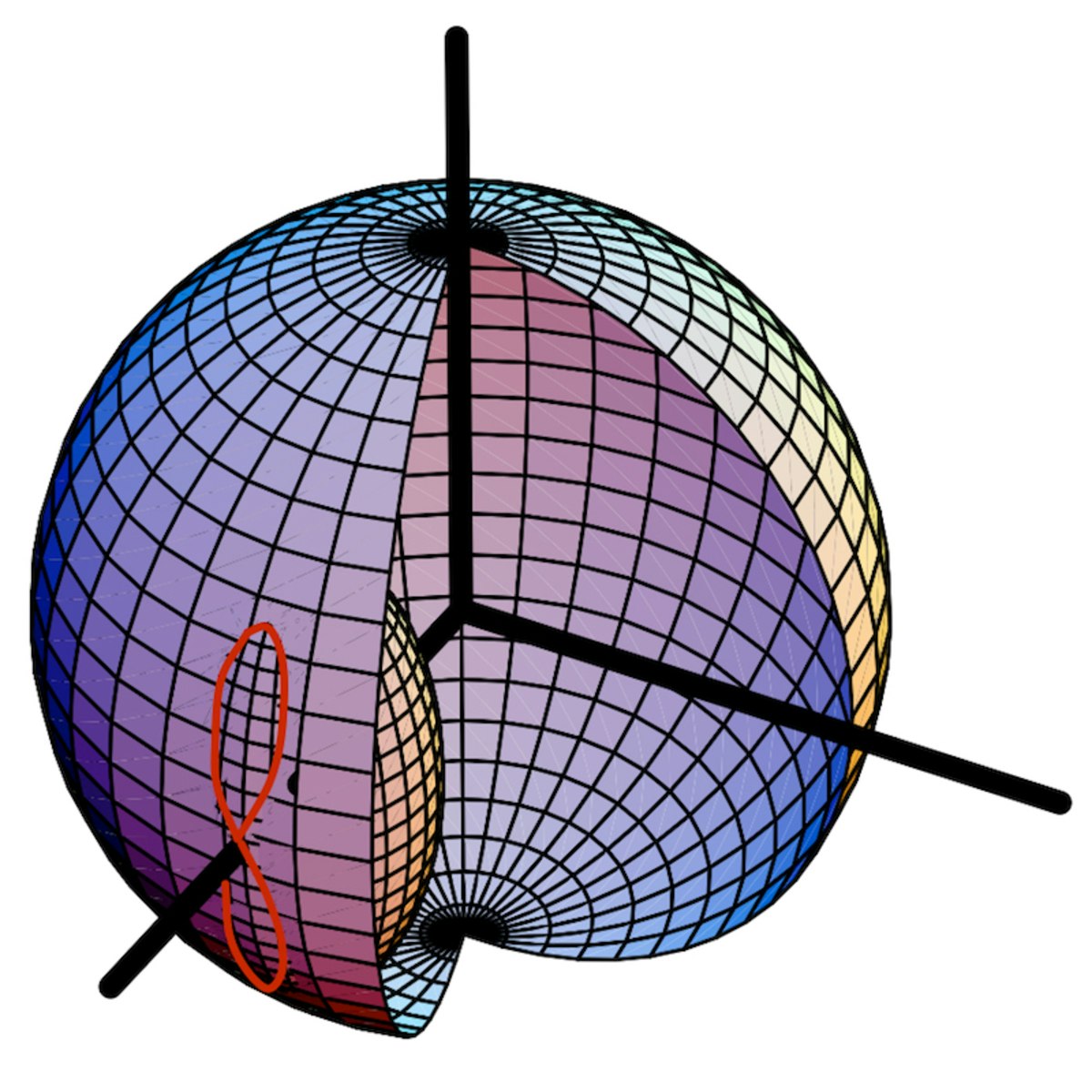
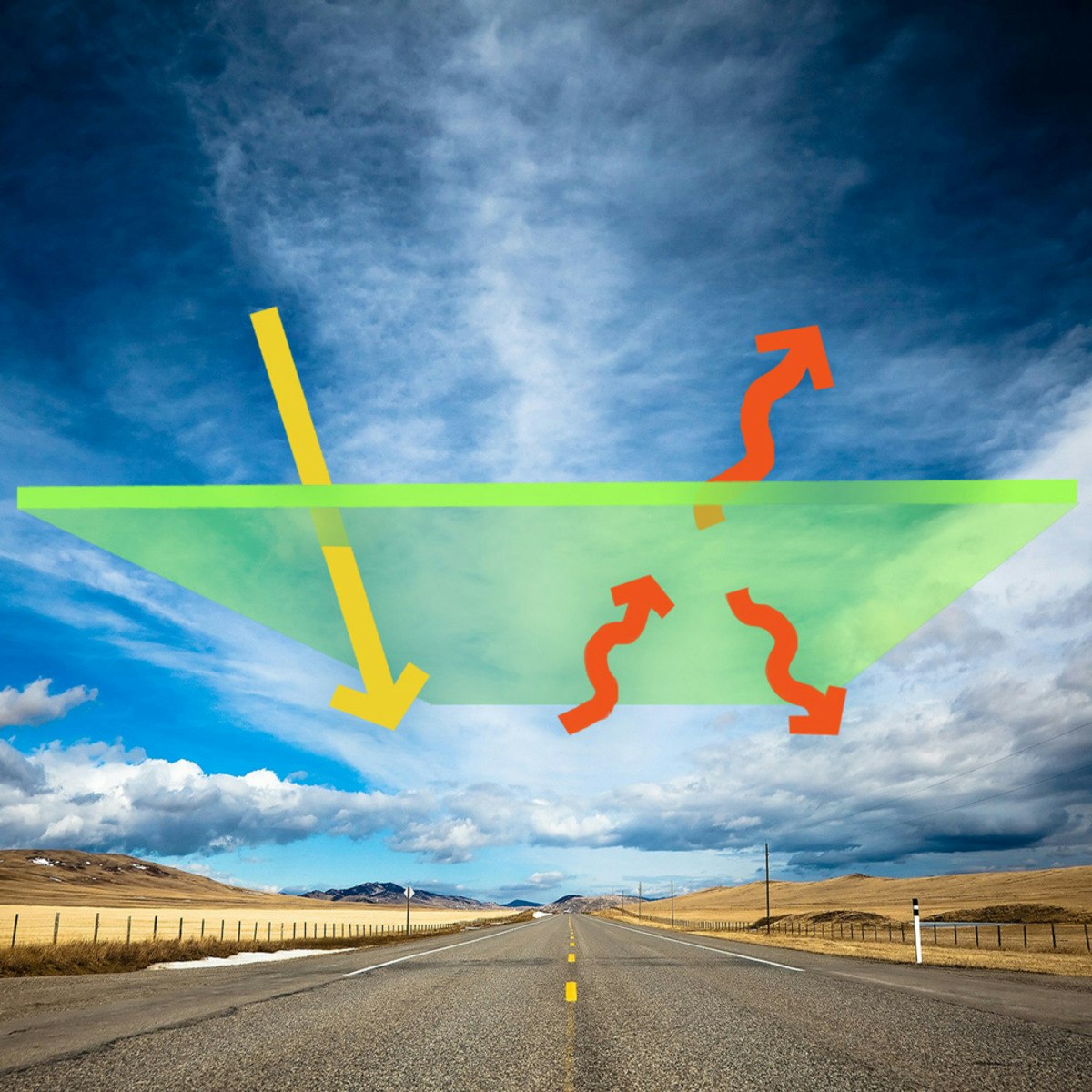
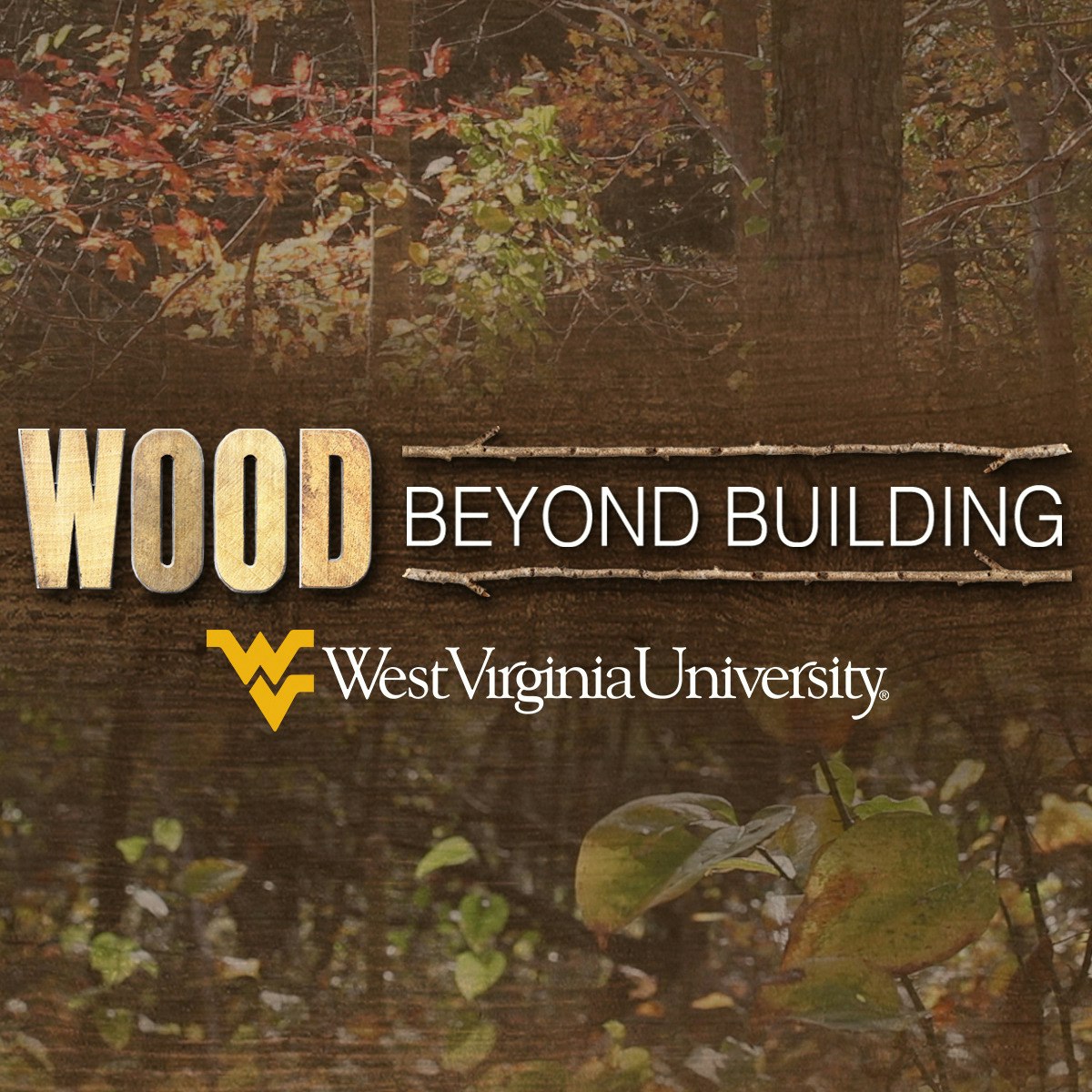


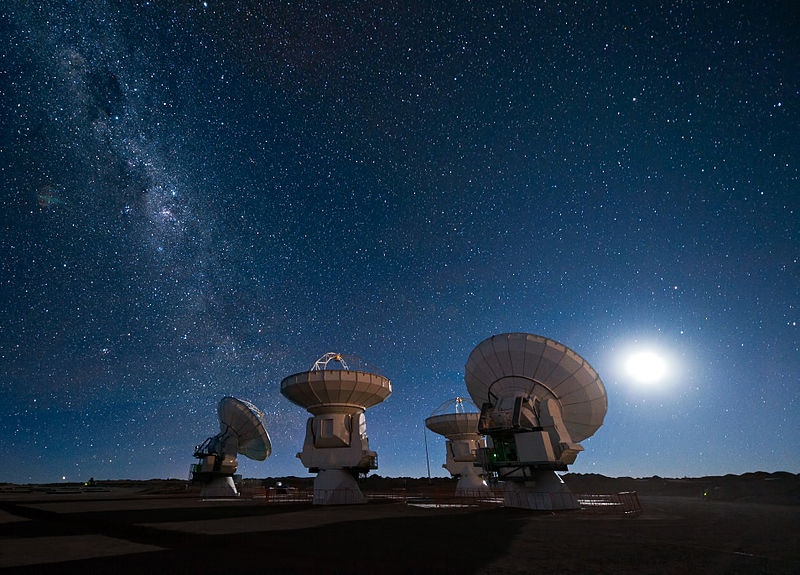
Physical Science And Engineering Courses - Page 15
Showing results 141-150 of 522

Modern Robotics, Course 4: Robot Motion Planning and Control
Do you want to know how robots work? Are you interested in robotics as a career? Are you willing to invest the effort to learn fundamental mathematical modeling techniques that are used in all subfields of robotics?
If so, then the "Modern Robotics: Mechanics, Planning, and Control" specialization may be for you. This specialization, consisting of six short courses, is serious preparation for serious students who hope to work in the field of robotics or to undertake advanced study. It is not a sampler.
In Course 4 of the specialization, Robot Motion Planning and Control, you will learn key concepts of robot motion generation: planning a motion for a robot in the presence of obstacles, and real-time feedback control to track the planned motion. Chapter 10, Motion Planning, of the "Modern Robotics" textbook covers foundational material like C-space obstacles, graphs and trees, and graph search, as well as classical and modern motion planning techniques, such as grid-based motion planning, randomized sampling-based planners, and virtual potential fields. Chapter 11, Robot Control, covers motion control, force control, and hybrid motion-force control.
This course follows the textbook "Modern Robotics: Mechanics, Planning, and Control" (Lynch and Park, Cambridge University Press 2017). You can purchase the book or use the free preprint pdf. You will build on a library of robotics software in the language of your choice (among Python, Mathematica, and MATLAB) and use the free cross-platform robot simulator V-REP, which allows you to work with state-of-the-art robots in the comfort of your own home and with zero financial investment.
Introduction to High-Throughput Materials Development
This course is an introduction to high-throughput experimental methods that accelerate the discovery and development of new materials.
It is well recognized that the discovery of new materials is the key to solving many technological problems faced by industry and society. These problems include energy production and utilization, carbon capture, tissue engineering, and sustainable materials production, among many others. This course will introduce the learner to a remarkable new approach to materials discovery and characterization: high-throughput materials development (HTMD).
Engineers and scientists working in industry, academic or government will benefit from this course by developing an understanding of how to apply one element of HTMD, high-throughput experimental methods, to real-world materials discovery and characterization problems. Internationally leading faculty experts will provide a historical perspective on HTMD, describe preparation of ‘library’ samples that cover hundreds or thousands of compositions, explain techniques for characterizing the library to determine the structure and various properties including optical, electronic, mechanical, chemical, thermal, and others. Case studies in energy, transportation, and biotechnology are provided to illustrate methodologies for metals, ceramics, polymers and composites.
The Georgia Tech Institute for Materials (IMat) developed this course in order to introduce a broad audience to the essential elements of the Materials Genome Initiative. Other courses will be offered by Georgia Tech through Coursera to concentrate on integrating (i) high-throughput experimentation with (ii) modeling and simulation and (iii) materials data sciences and informatics.
After completing this course, learners will be able to
• Identify key events in the development of High-Throughput Materials Development (HTMD)
• Communicate the benefits of HTMDwithin your organization.
• Explain what is meant by high throughput methods (both computational and experimental), and their merits for materials discovery/development.
• Summarize the principles and methods of high throughput creation/processing of material libraries (samples that contain 100s to 1000s of smaller samples).
• State the principles and methods for high-throughput characterization of structure.
• State the principles and methods for high throughput property measurements.
• Identify when high-throughput screening (HTS) will be valuable to a materials discovery effort.
• Select an appropriate HTS method for a property measurement of interest.
• Identify companies and organizations working in this field and use this knowledge to select appropriate partners for design and implementation of HTS efforts.
• Apply principles of experimental design, library synthesis and screening to solve a materials design challenge.
• Conceive complete high-throughput strategies to obtain processing-structure-property (PSP) relationships for materials design and discovery.

Introduction to Image Processing
In this introduction to image processing, you'll take your first steps in accessing and adjusting digital images for analysis and processing. You will load, save, and adjust image size and orientation while also understanding how digital images are recognized. You will then perform basic segmentation and quantitative analysis. Lastly, you will enhance the contrast of images to make objects of interest easier to identify.
By the end of the course, you’ll apply your segmentation skills to identify regions of interest, such as the amount of surface water from satellite images. This introduction to image processing will give you the foundation you need to conduct more advanced work on this topic.
You will use MATLAB throughout this course. MATLAB is the go-to choice for millions of people working in engineering and science and provides the capabilities you need to accomplish your image processing tasks. You will be provided with free access to MATLAB for the duration of the course to complete your work.
To be successful in this course you should have a background in basic math and some exposure to MATLAB. If you want to familiarize yourself with MATLAB check out the free, two-hour MATLAB Onramp. Experience with image processing is not required.

Sensor Manufacturing and Process Control
"Sensor Manufacturing and Process Control" can also be taken for academic credit as ECEA 5343, part of CU Boulder’s Master of Science in Electrical Engineering degree.
This is our fourth course in our specialization on Embedding Sensor and Motors. To get the most out of this course, you should first take our first course entitled "Sensors and Sensor Circuits", our second course entitled "Motor and Motor Control Circuits", and our third course entitled "Pressure, Force, Motion, and Humidity Sensors". Our first course gives you a tutorial on how to use the hardware and software development kit we have chosen for the lab exercises. Our second and third courses give you three hands-on lab experiments using the kit. This third course assumes that you already know how to use the kit.
You will learn about sensor signal characterization and manufacturing techniques and how to optimize the accuracy of sensors. You will also learn about more advanced sensors, proportional-integral-derivative (PID) control, and how this method is used to give you a closed loop sensor feedback system.
After taking this course, you will be able to:
● Understand how sensor manufacturers characterize and calibrate their sensors.
● Tune a PID control loop and access the PID control function of the Cypress PSoC development kit for a motor control application.
● Understand manufacturing methods used to build electro-mechanical and micro-machined sensors.
You will need to buy the following components to do the two course projects based on the videos in this module. Note that if you have already purchased the PSOC 5LP PROTOTYPING KIT, you do not need to buy it again.
These parts may be purchased off the Digikey web site, www. Digikey.com. Or, you may obtain the specs from the site, and purchase them elsewhere. All are quantity one except for N107-ND where you need three, and 493-15371-ND where you need two.
428-3390-ND
P14355-ND
FQU13N10LTU-ND
N107-ND
1N5393-E3/54GICT-ND
RNF14FTD1K00CT-ND
P0.62W-1BK-ND
493-15371-ND
Additional equipment needed:
• Wire - various gauges and lengths
• Breadboard
• Oscilloscope – suggested models are:
o PICOSCOPE 2204A-D2 available on www.digikey.com or
o Digilent 410-324 | OpenScope MZ available on www.newark.com
Depending on your budget, you can also investigate these models:
o Hantek HT6022BE20MHz - https://www.amazon.com/dp/B009H4AYII
o SainSmart DSO212 - https://www.amazon.com/dp/B074QBQNB7
o PoScope Mega50 USB - https://www.robotshop.com/en/poscope-mega50-usb-mso-oscilloscope.html
o ADALM2000 - https://www.digikey.com/en/products/detail/analog-devices-inc./ADALM2000/7019661

Control of Nonlinear Spacecraft Attitude Motion
This course trains you in the skills needed to program specific orientation and achieve precise aiming goals for spacecraft moving through three dimensional space. First, we cover stability definitions of nonlinear dynamical systems, covering the difference between local and global stability. We then analyze and apply Lyapunov's Direct Method to prove these stability properties, and develop a nonlinear 3-axis attitude pointing control law using Lyapunov theory. Finally, we look at alternate feedback control laws and closed loop dynamics.
After this course, you will be able to...
* Differentiate between a range of nonlinear stability concepts
* Apply Lyapunov’s direct method to argue stability and convergence on a range of dynamical systems
* Develop rate and attitude error measures for a 3-axis attitude control using Lyapunov theory
* Analyze rigid body control convergence with unmodeled torque

Global Warming I: The Science and Modeling of Climate Change
This class describes the science of global warming and the forecast for humans’ impact on Earth’s climate. Intended for an audience without much scientific background but a healthy sense of curiosity, the class brings together insights and perspectives from physics, chemistry, biology, earth and atmospheric sciences, and even some economics—all based on a foundation of simple mathematics (algebra).

Wood Science: Beyond Building
The central question of this course: “why study wood?” If “why study wood” is the question, one answer would be that it is the only raw material available to us that is truly renewable in human life span terms. Wood is as important to society today as it ever was, despite the development of many man-made substitute materials, changing resource availability, and the changing needs of society. Some items on the list of wood products stay the same (lumber, plywood and veneer for building construction, furniture, shipping pallets & crates and other containers & packaging materials, railroad ties, utility poles, chemical feed stocks, etc), but the list also keeps changing to meet new needs and challenges as the resource changes.
In short, wood is a far more diverse, green, and renewable resource than you might have imagined. Join us to learn about the important role of wood in human history, civilization, and our future.
By the end of the course, learners will be able to:
- describe wood as a raw material and its critical importance to the world economy, and the lives of the people that make that economy work.
- identify the projected trend for wood consumption to continue to grow in the coming years, despite the image of wood as a "low tech" material.
- identify the ways in which wood's properties can lead to its efficient and sustainable use.
-identify wood's positive role in boosting the world economy and ability to lead to unexpected vocations.

Space Medicine
Have you ever wondered what it would take for humans to travel beyond the comforts of our home planet, Earth? You are invited to join us in Space Medicine - an online experience facilitated by two recent Duke graduates in which you will learn about and engage in the most pressing medical challenges facing NASA and others advancing the future of space exploration.
Space Medicine is a free, non-certificate course featuring interactive modules and weekly live discussions. Participants will reflect on questions pertinent to the future of human health in space, such as:
- How do humans respond to extreme environments?
- How can engineers, doctors, and scientific researchers come together to prevent space related health issues before they occur?
- If future generations of humans attempt to live in space, what challenges will they face?
- Which evolutionary adaptations to living on Earth are useful to surviving a months- or years-long voyage?
No prior experience in science or medicine is required, as life science concepts will be introduced as necessary. At the end of the course, you will have gained valuable experience in applying modern medicine to space-based situations, from space flight to journeying to Mars.

Climate Aware Investing
Finance may have a central role to play against climate change on the condition that risks are properly measured and managed. In this course you will be introduced to the latest academic research findings and the most commonly used methods in industry to cope with climate change financial risks.
How do we assess these kinds of risks? Can our portfolios perform well and at the same time contribute to the transition towards a low-carbon economy? How do climate change risks affect financial markets?
This course starts with an overview of climate change and the tools at the disposal of policymakers to curb this phenomenon. These tools, when used to their fullest extent, will have a big impact on businesses and this impact may spill over into the financial markets even before the policies are fully implemented. The risks associated with these changes are grouped under the definition of transition risks.
In this MOOC we will analyse these risks and also discuss the methodologies most widely used by asset managers to manage their portfolios’ carbon exposure. The final module of this course shows a real-world example of implementation. At the end of the course, you will understand how to maximize the contribution of your investments to the fight against climate change.

AstroTech: The Science and Technology behind Astronomical Discovery
"How do they know that?"
Modern astronomy has made some astonishing discoveries - how stars burn and how black holes form; galaxies from the edge of the universe and killer rocks right next door; where the elements come from and how the expanding universe is accelerating. But how do we know all that? The truth is that astronomy would be impossible without technology, and every advance in astronomy is really an advance in technology. But the technology by itself is not enough. We have to apply it critically with a knowledge of physics to unlock the secrets of the Universe.
Each week we will cover a different aspect of Astronomical technology, matching each piece of technology to a highlight science result. We will explain how the technology works, how it has allowed us to collect astronomical data, and, with some basic physics, how we interpret the data to make scientific discoveries.
The class will consist of video lectures, weekly quizzes, and discussion forums. Each week there will be five videos, totalling approximately 40 minutes. They will be in a regular pattern - a short introduction, an example science story, an explanation of the key technology area, a look at how the technology is used in practice, and finally a look at what the future may hold.
Popular Internships and Jobs by Categories
Find Jobs & Internships
Browse
© 2024 BoostGrad | All rights reserved